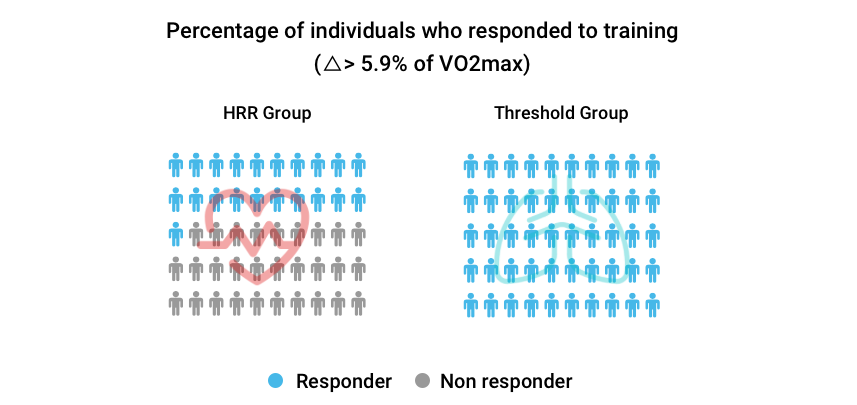Among the components of the exercise prescription, intensity is arguably the most important. If the intensity is too low, there may be no effect after training and if the intensity is too high it can lead to overtraining.
The traditional way of prescribing exercise has been based on percentages of heart rate reserve (HRR) or oxygen uptake reserve, which is known as the “relative percent method”. However, this method does not consider individual variations in response, which could ultimately generate variations in adaptations to training, resulting in individuals who improve (“responders”) and others who do not improve (“non-responders”).
Alternatively, it has been suggested that a “threshold-based model” might be better at identifying the lowest effective training stimulus and would generate a comparable response between individuals of different fitness levels.
This double-blind study, conducted on 36 healthy, sedentary adults, compared the response to training using the relative percent method versus the threshold-based model. Both groups trained for half an hour, 5 times a week, for 12 weeks and there was a control group that did not train.

The results show that of the HRR-based trained group, 41.7% experienced a favorable change in relative VO2max (△>5.9%) and were categorized as “responders”, while 100% of the threshold-based trained group obtained a positive improvement in relative VO2max (△>5.9%), i.e., all subjects responded to the training. And although the 2 trained groups obtained significant improvements in VO2max compared to the control group, these improvements were significantly greater in the threshold-based trained group (1.76 vs 3.93 ml/kg/min).
This proves that training based on thresholds is more effective and that this modality limits the possibility of subjects not responding to training.
And you, what are you waiting to assess your thresholds?

